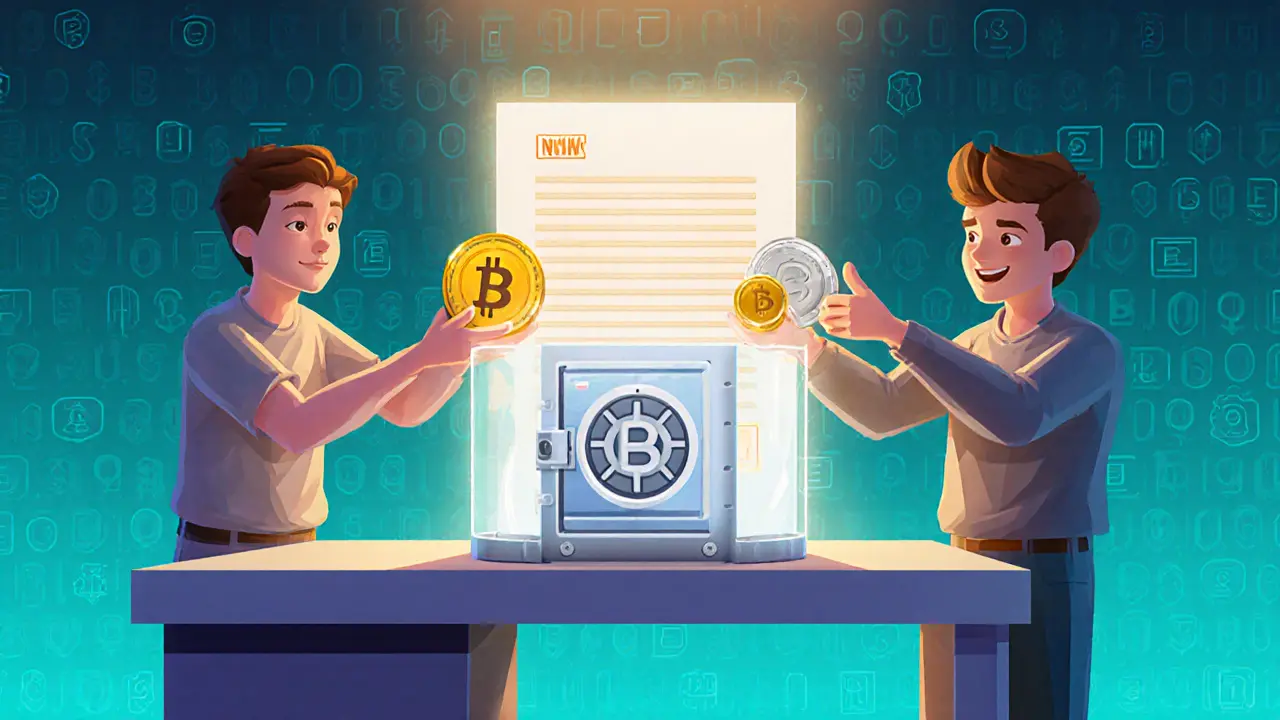State Channels: Fast, Low‑Cost Crypto Transactions
When working with State Channels, a technique that moves transaction steps off the main blockchain while keeping security guarantees. Also known as off‑chain payment channels, they let participants lock funds on‑chain once, then trade freely off‑chain until they close the channel and settle the final balance.
One of the most famous implementations is the Lightning Network, a Bitcoin layer‑2 that uses state channels to deliver near‑instant payments with negligible fees. Another key player is Ethereum, which supports various state‑channel constructions for scalable dApps and cheap token swaps. Both networks show how state channels can dramatically reduce congestion, cut transaction costs, and improve user experience.
State channels require participants to agree on an initial deposit and a set of rules for updating balances. They enable off‑chain scaling by keeping most activity private, only broadcasting the final outcome. This model influences other layer‑2 solutions like Optimistic Rollups and Plasma, which borrow the idea of settling aggregated data on the base chain. In practice, developers create a channel, exchange signed messages for each trade, and finally submit the latest state to the blockchain for verification.
Understanding the mechanics of state channels helps you see why they matter for everyday crypto use—whether you’re sending a few dollars, swapping tokens, or building a high‑throughput marketplace. Below you’ll find a curated set of articles that break down real‑world use cases, compare different implementations, and guide you through setting up your own channels.
Opening and Closing State Channels: A Practical Guide for Blockchain Developers
A hands‑on guide that explains how to open and close state channels, covers key components, common pitfalls, and best practices for blockchain developers.
- 24
- Read More
